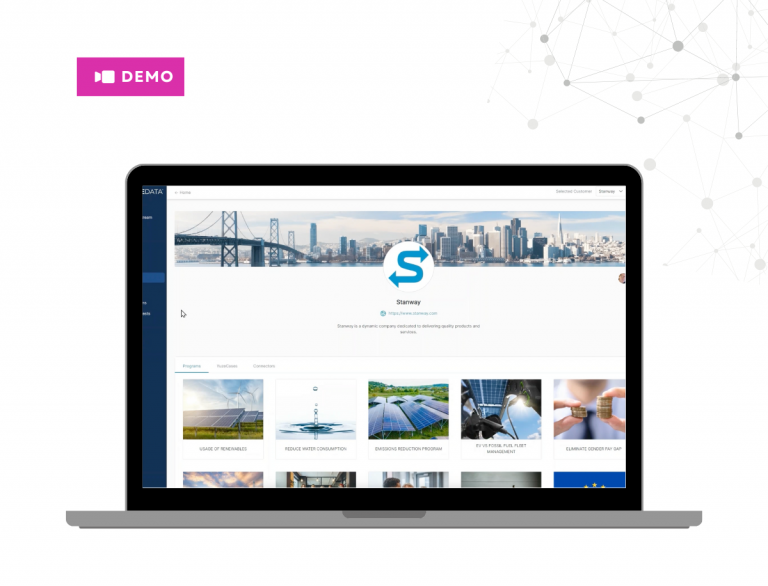Nobody likes maintaining integrations; they’re often the forgotten final deliverable for a customer’s software implementation. Built with just enough functionality to perform what’s needed then handed off to the customer or an IT partner to support… And then the issues start coming in. But what if there was a smarter way to handle them; a faster more reliable way that lessened the burden on your product and engineering teams?
The Problem Child of B2B Software
Engineers know that many things can go wrong; APIs can break, test data doesn’t always mimic real data, and diagnosing the real issue breaking an integration can involve hunting down errors at any point along the chain. Somehow your software ends up getting the blame for this problem. Avoiding this requires teams with diverse skills, access to customer test and production environments, excellent diagnostics and development tools to provide a great user experience. Often these things are far out of reach for most software provider engineering teams focused on their core product, with little knowledge of the myriads of systems sitting in the customer ecosystem.
Making Life Easier for your technical teams
Taking a step back and putting some guard rails in can really help as follows.
1: Templatize as much as possible
Work with your product teams to understand which integrations are really needed, focusing on those which bring the most value to your customers for your domain. Commit to making these a standard part of your product offering with excellent documentation for engineering on end-to-end deployment, updates and issue resolution. This library of pre-built template integrations can become the gold standard for any new integrations added for customers. And it’s one place everyone in the business can go to understand what is standard and what is not, saving communication time for your product and engineering teams.
2: Set up automatic monitoring
Incidents are part and parcel of software development, they happen – it’s how you deal with them, communicate them and resolve them as a team that are key. Include automated monitoring of all deployed integrations by your customers into and out of your software in your regular system monitoring. Have dedicated centralized views that consolidate this information across all customers; and even better if you can automate ticket generation into your existing support processes for that customer.
3: Proactively suggest the solution
Documentation of common issues and their resolution should be available for any support or engineering team members assigned to an incident. Even better if your automated monitoring can not only diagnose the issue, but also auto suggest the resolution and help pinpoint the location of the issue in the integration chain for your teams to manage. This really cuts down the investigation time spent by an already stressed IT or engineering team.
4: Set the right limits for an integration
Research the effect of increased load coming from a customer system; know when the crunch times may be – does it correlate with end of quarter or key reporting deadlines? Know what limits to set for data in and out of your software and build them into the API documentation you make available; this can save a bunch of headaches for you and the customer down the line.
5: Create a safe environment for customization
Enterprise customers almost always want to deviate from a standard template, and they expect to implement this in a cost-effective way with your software. Have a well-documented build environment where your team or the customer’s IT partner can easily customize a data flow in and out of your software, using the best practices of your well documented API. Making it easy for a customized integration to benefit from all the automated monitoring, issue resolution, upgrades and support processes means your engineering and support teams can use the same tools for maintenance as they do for your standard templatized integrations.
In Summary, thinking ahead to maintenance when designing and building your integration offering, toolkits, and support processes is key to reducing the burden on your engineering teams.
Ready to Transform Your Approach?
All the above is easy with YuzeData – we understand the headaches and are building the platform that makes this a dream for software providers to plug and play into their customer offering.
Discover the difference YuzeData can make for your business. Contact us now to schedule your demo and see our innovative solutions in action. It’s time to turn your data integrations into your strongest asset. Let’s innovate together!







